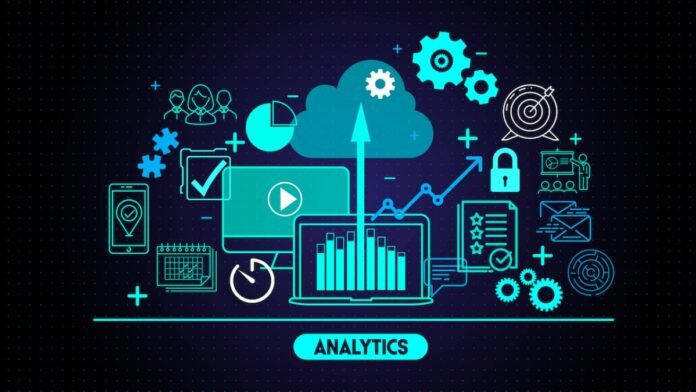In the present global healthcare landscape of unusual situations, crises, rapid changes, and innovative issues, quick and creative solutions are needed. The pandemic has shown that no amount of resources can contain a full-blown epidemic. Healthcare officials have recognized the need of quickly acquiring and understanding data to guide their responses and adjustments during the COVID-19 epidemic. Hospitals and health systems used data and analytics to understand COVID-19 transmission in their areas and predict emergency department visits. Labor shortages, professional burnout, and quickly changing care trends have plagued healthcare today. Researchers and healthcare professionals must study real-world data and operational excellence to completely optimize resources.
Data analytics collects, analyzes, and interprets massive volumes of data from electronic health records, medical claims, patient demographics, and research to improve healthcare. To improve treatment and decision-making, statistical and analytical methods are used. Real-world data may be used to enhance healthcare now and in the future using advanced analytics and visualization technologies. Healthcare institutions must continuously obtain real-world data to assure accuracy, timeliness, and actionability. Healthcare organizations may reach deliverables without major labor or process changes by using data analytics.
Analyzing patient data helps doctors spot patterns, trends, and risk factors. This information improves patient outcomes, illness progression prediction, and personalized therapy. Data analytics improves hospital operations. Healthcare organizations may improve efficiency by identifying bottlenecks, optimizing operations, and cutting expenses. Data analytics also aids inventory, resource, and personnel scheduling. Healthcare claims data analysis can detect fraudulent or abusive practices, preventing financial losses and protecting patients. Healthcare data analytics helps medical research by revealing illness trends, therapy efficacy, and medication discovery.
Healthcare organizations can monitor and manage care needs quickly when they have the tools to analyze the large quantity of health data accessible to them. While they may reach complete findings, quickly implementing an effective reaction is another matter. Operational excellence helps. Identifying essential areas for improvement, utilizing best practices, providing infrastructure support, and tailoring it all to unique needs is a difficult process of achieving operational excellence in healthcare operations. Process optimization in healthcare may minimize wait times, increase communication, reduce mistakes, and improve patient satisfaction. Healthcare operational excellence reduces waste and maximizes resources. Operational excellence improves patient outcomes by emphasizing standardised processes and best practices across healthcare facilities. Operational excellence requires the healthcare industry to identify areas for improvement, set performance targets, assess progress, and make changes to increase efficiency and effectiveness.
Data analytics and operational excellence work together to create a robust, adaptable, and sustainable healthcare system that satisfies patient and healthcare professional demands. Data-driven insights guide operational initiatives, while process optimization improves data analysis quality and dependability. Healthcare facilities may improve efficiency, effectiveness, and patient-centeredness by combining both professions. However, a continuous improvement paradigm must be implemented slowly. Healthcare must slow down to speed up.
Conclusion:-
In today’s global healthcare landscape, quick and creative solutions are needed to address various issues and crises. The COVID-19 pandemic highlighted the need for quick data acquisition and understanding to guide responses and adjustments. Healthcare institutions must study real-world data and operational excellence to optimize resources and ensure accuracy, timeliness, and actionability. Data analytics helps identify patterns, trends, and risk factors, improving patient outcomes, illness progression prediction, and personalized therapy. Healthcare organizations can also improve efficiency by identifying bottlenecks, optimizing operations, and cutting expenses. Operational excellence helps identify areas for improvement, utilize best practices, and provide infrastructure support. By combining data analytics and operational excellence, healthcare facilities can improve efficiency, effectiveness, and patient-centeredness. However, a continuous improvement paradigm must be implemented slowly, as healthcare must slow down to speed up.



